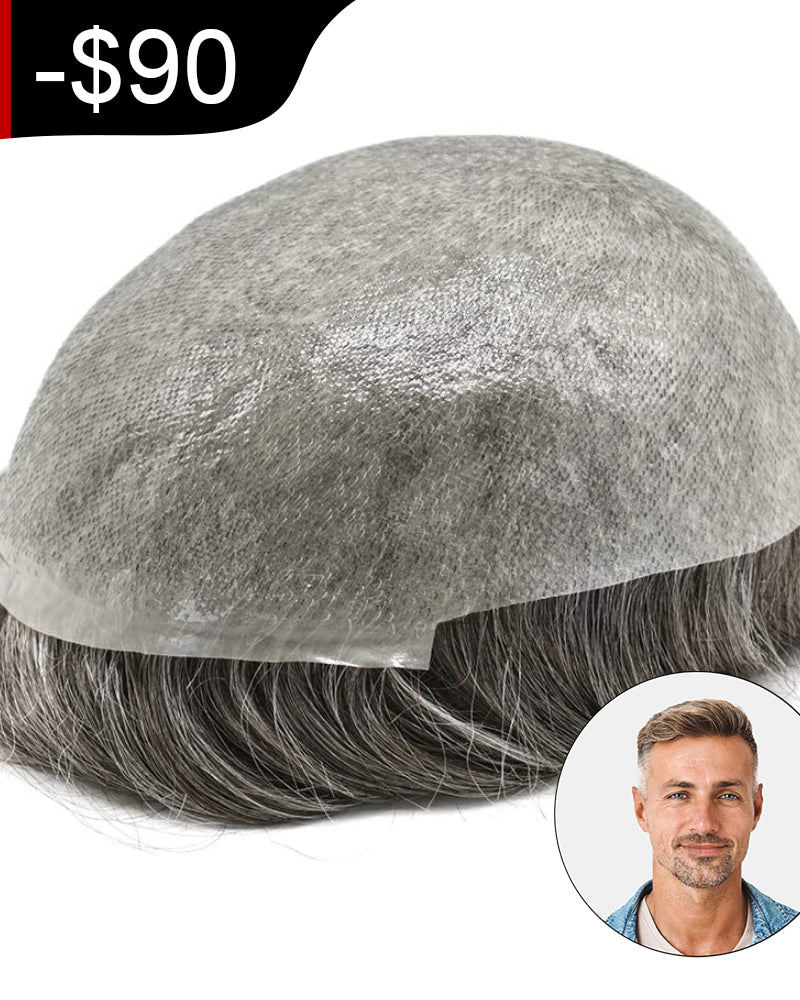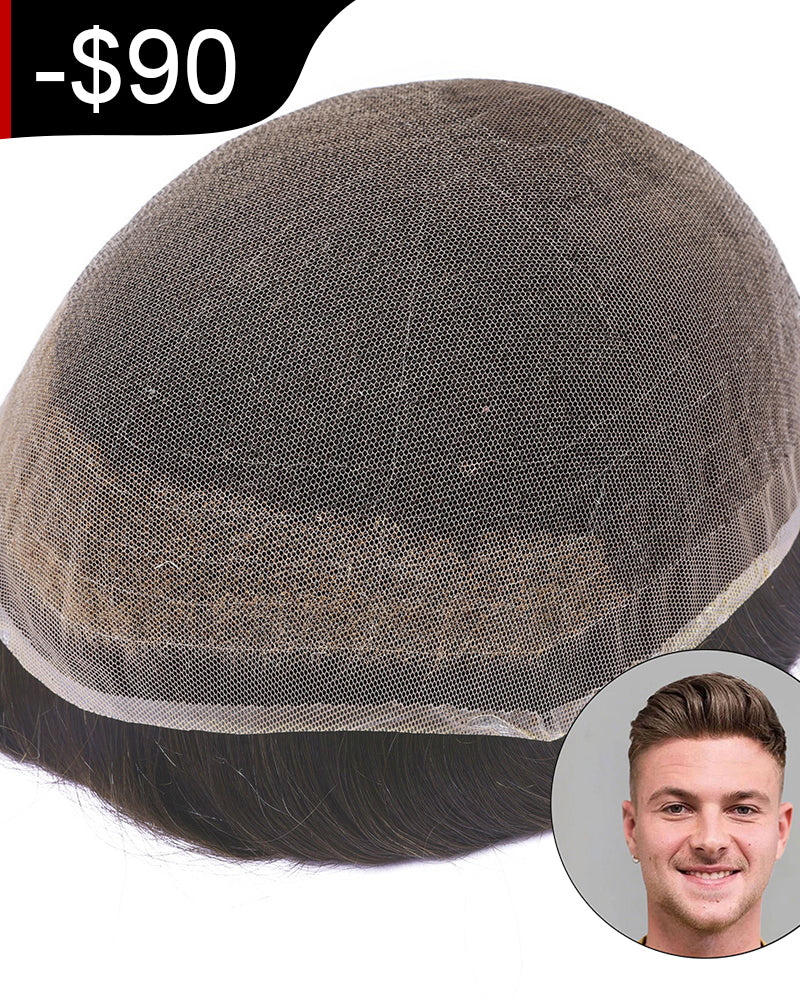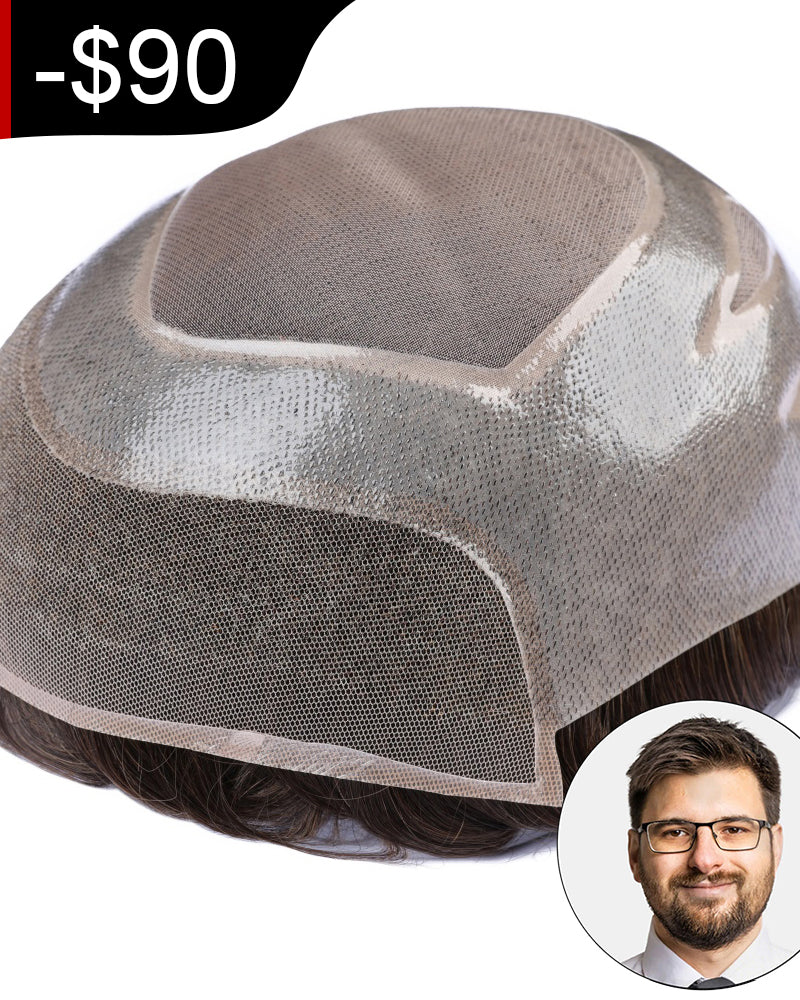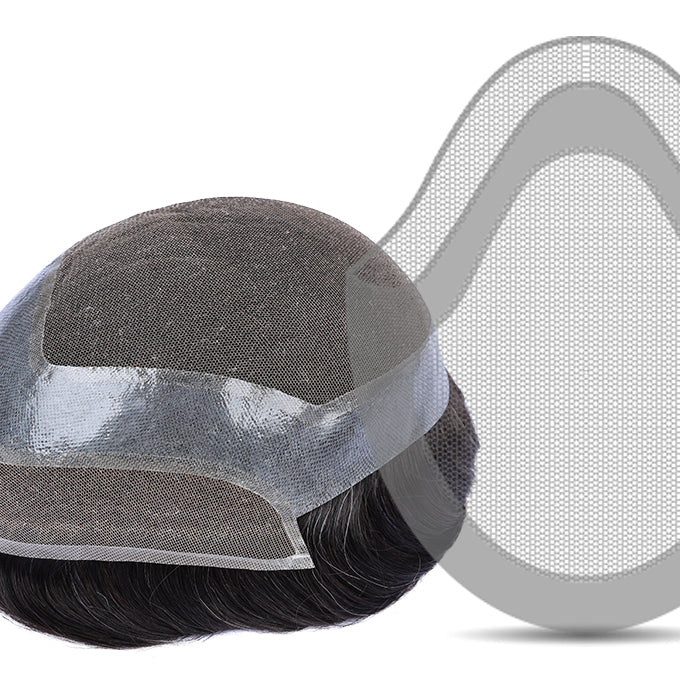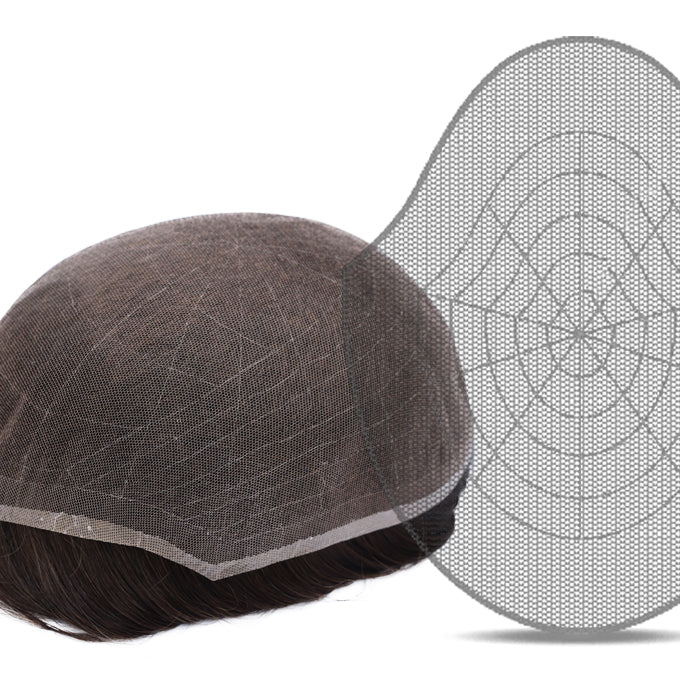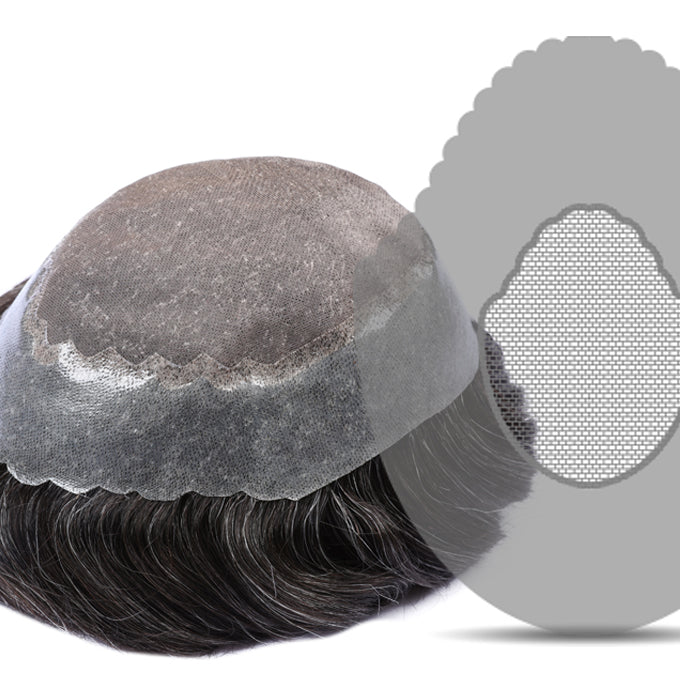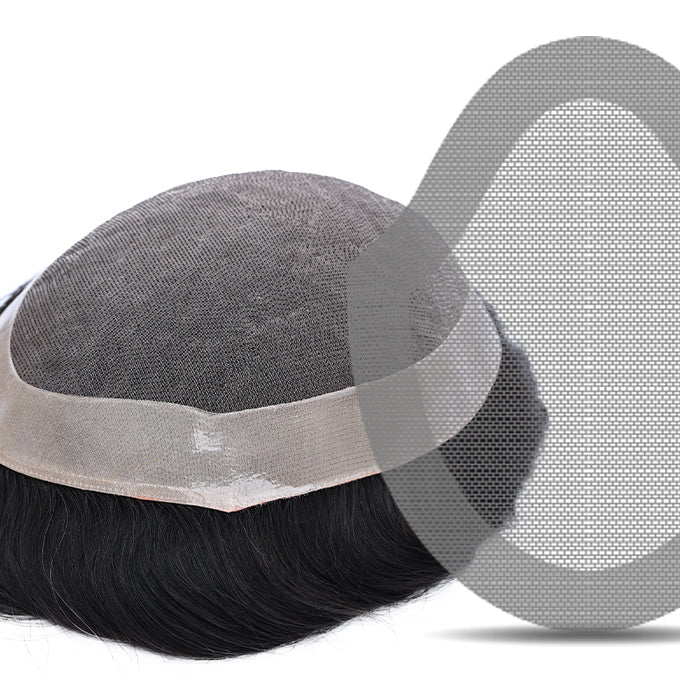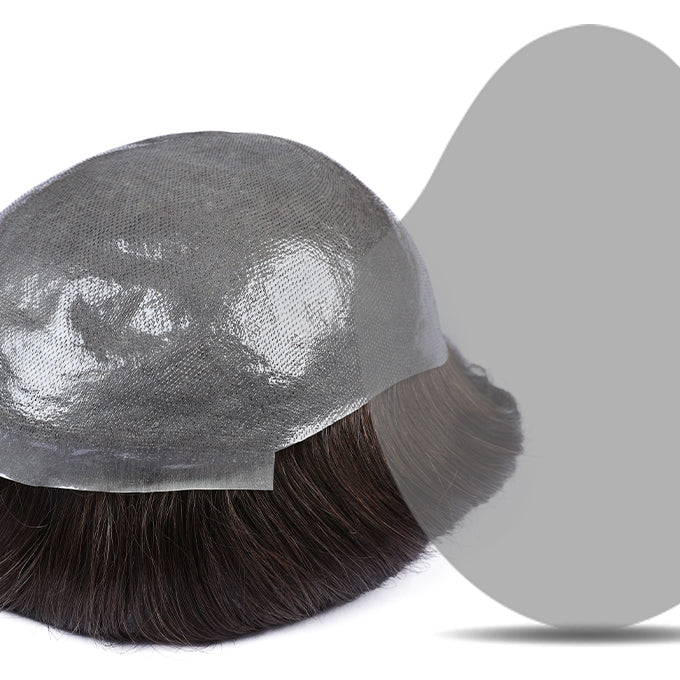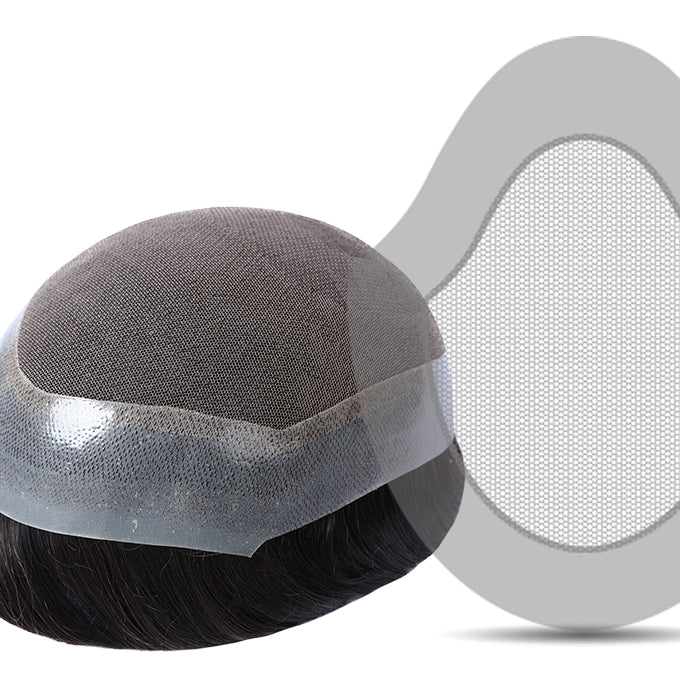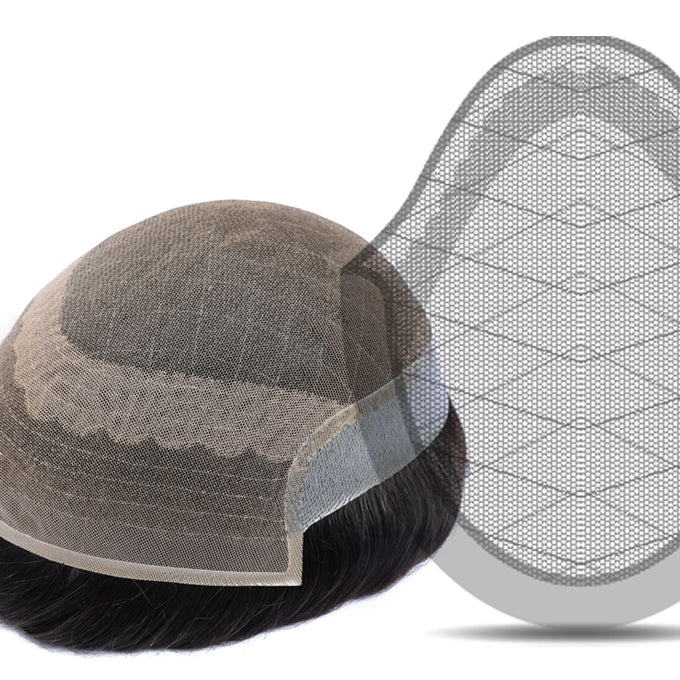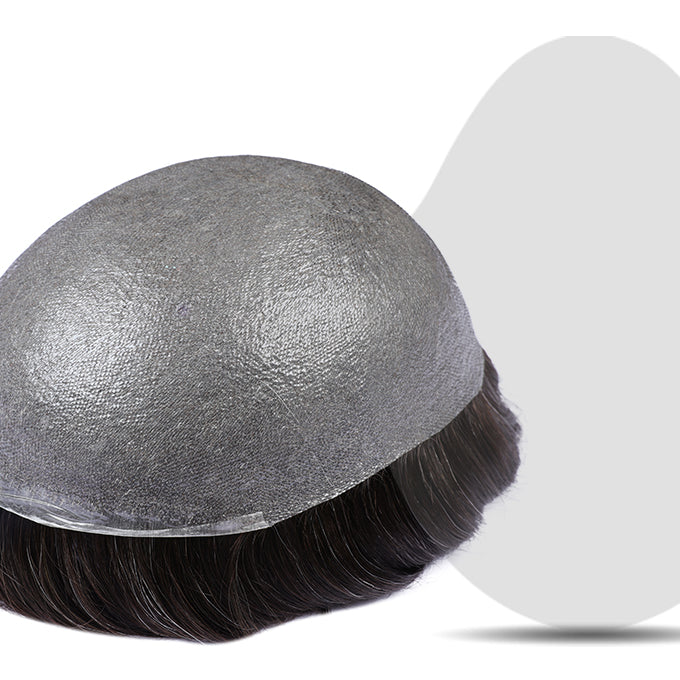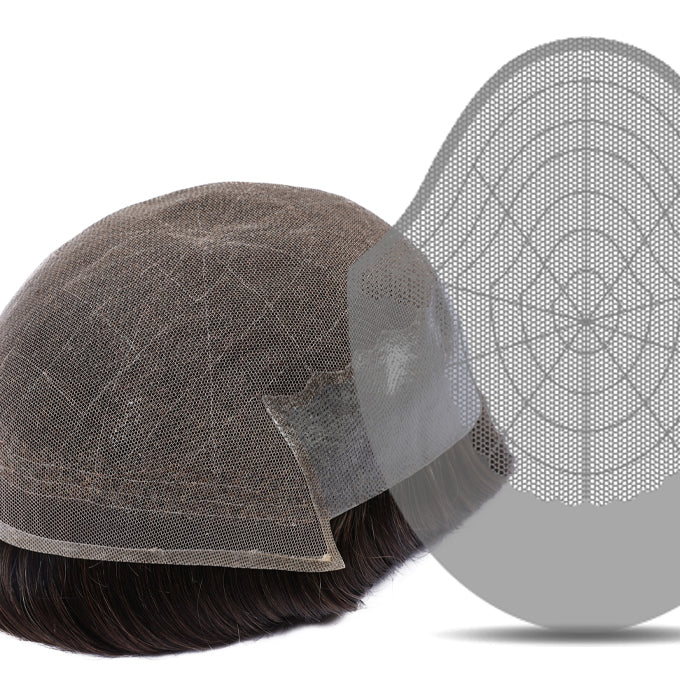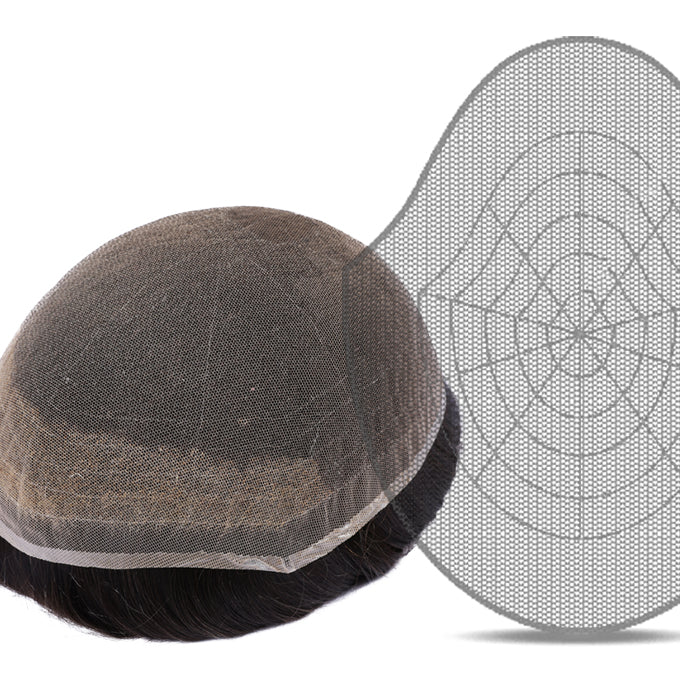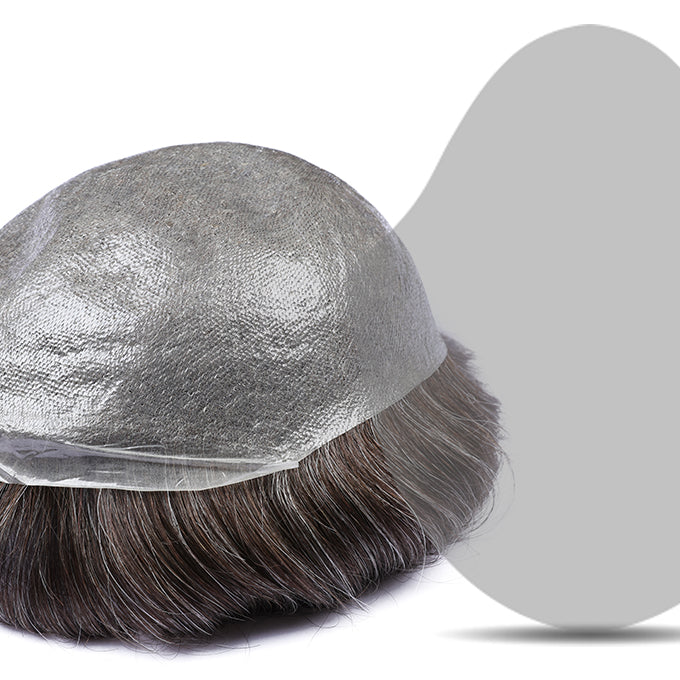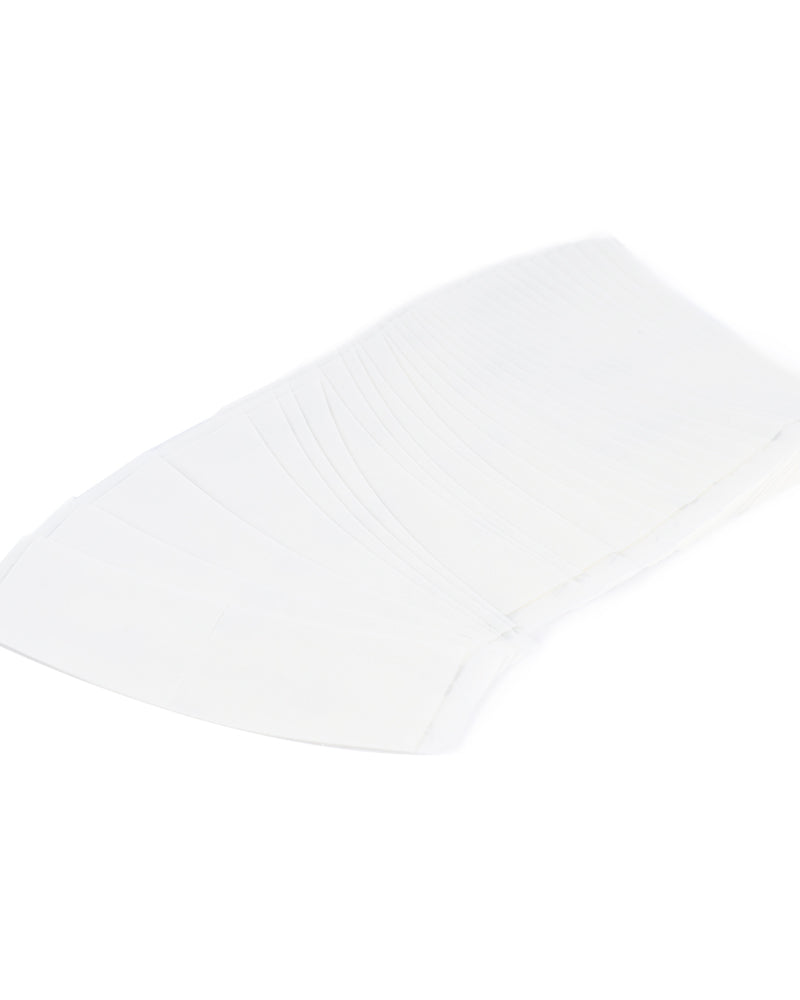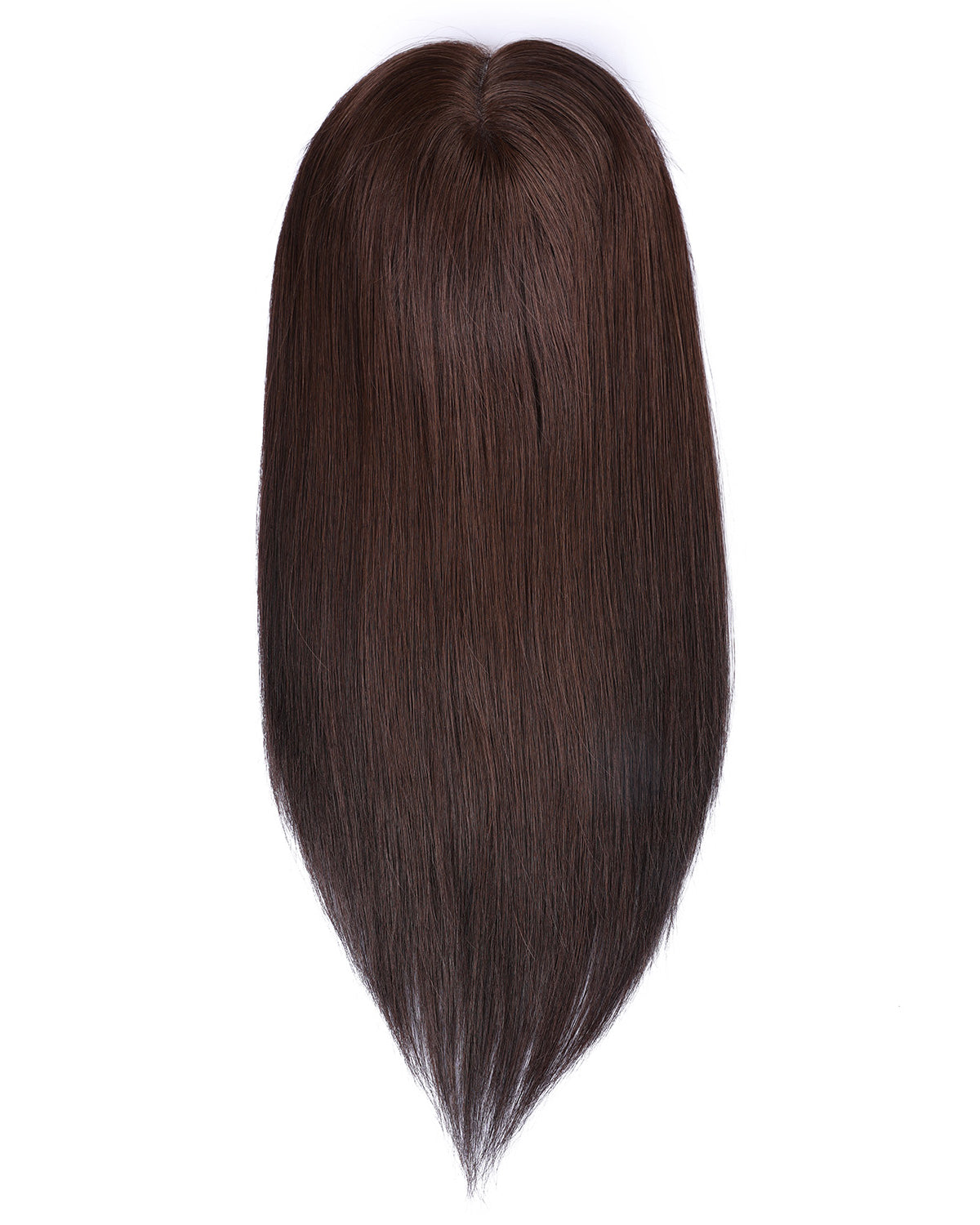Hair loss is a common concern for many individuals, and one of the most noticeable early indicators is a receding hairline. Understanding the signs of a receding hairline can help you take proactive steps, whether it’s for cosmetic reasons or to address underlying health issues. In this blog post, we'll delve into the various signs that can signal a receding hairline, empowering you to recognize and potentially manage this common hair change.
The "M" - Shaped Hairline
One of the most tell - tale signs of a receding hairline is the formation of an "M" shape at the front of your hair. This typically starts with the hairline gradually moving backward at the temples. As the process continues, the points at the temples recede more significantly, creating a distinct "M" pattern. For men, this is often one of the first and most recognizable signs of male - pattern baldness, which is influenced by genetics and hormones, specifically dihydrotestosterone (DHT). Over time, the "M" shape can become more pronounced, and the hairline can continue to move further back, affecting the overall appearance of the forehead.
Widening Forehead
A receding hairline often results in a visibly wider forehead. You may notice that your forehead seems to take up more space on your face, and the area where your hair starts appears higher than it once was. This change in the proportion of your forehead to the rest of your face can be quite noticeable, especially when compared to old photos. Even a small amount of hairline recession can make a significant difference in how your face is perceived, as the hairline plays a crucial role in framing the face.
Thinning Hair at the Hairline
Before the hairline actually starts to recede, there may be signs of thinning. You might notice that the hair at the front of your scalp, along the hairline, is becoming finer and sparser. The individual strands may seem less dense, and you can more easily see the scalp through the hair. This thinning can be subtle at first, but it gradually progresses. You may find that when you run your fingers through your hair or style it, you can feel the difference in thickness compared to other areas of your scalp.
Excessive Hair Fall
While not exclusive to a receding hairline, excessive hair fall can be an early sign. If you notice more hair than usual in your brush, on your pillow in the morning, or in the shower drain, it could be a warning sign. This hair loss may be concentrated around the front of the scalp, near the hairline. The falling hair might be shorter, indicating that it is breaking off before reaching its full growth potential. This can be due to various factors such as stress, hormonal imbalances, or underlying medical conditions, all of which can contribute to a receding hairline.
Visible Scalp
As the hairline recedes and the hair thins, the scalp becomes more visible. You may start to see patches of skin where there was once hair, especially at the temples and along the front of the hairline. In some cases, the scalp may appear shinier in these areas because there is less hair to cover it. This visibility of the scalp can be a source of self - consciousness for many people, and it serves as a clear indication that the hairline is changing.
Changes in Hair Texture
In addition to thinning and receding, the texture of the hair at the hairline may also change. It can become drier, more brittle, or coarser. The altered texture may make the hair more difficult to style, and it can further contribute to the appearance of thinning. This change in texture is often a result of changes in the hair follicles, which can be affected by hormonal changes, aging, or environmental factors.
Family History Clues
If you have a family history of hair loss, especially receding hairlines, you are at a higher risk of experiencing it yourself. Pay attention to how your male relatives (such as fathers, grandfathers, and uncles) or female relatives (if female - pattern baldness is present in the family) have dealt with hair loss. If you notice similar patterns emerging in your own hair, it's likely that genetics are playing a role in your receding hairline.
Conclusion
Recognizing the signs of a receding hairline is the first step in addressing this issue. Whether you choose to embrace the change, seek medical advice for treatment options, or explore cosmetic solutions like wigs or hairpieces, being informed about the signs can help you make the right decisions for your well - being and self - confidence. If you have concerns about your hairline, don't hesitate to consult a dermatologist or a hair care professional who can provide personalized advice and treatment plans.

